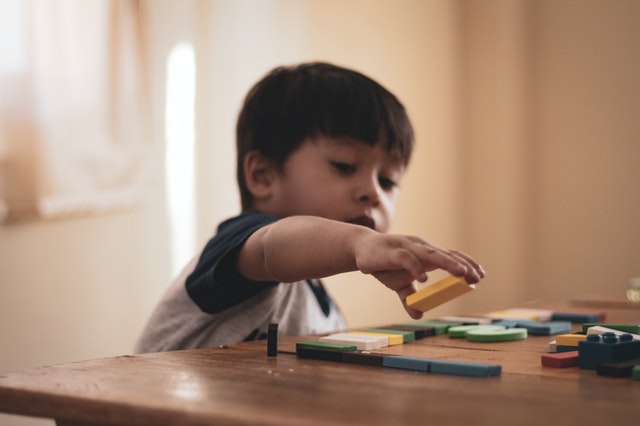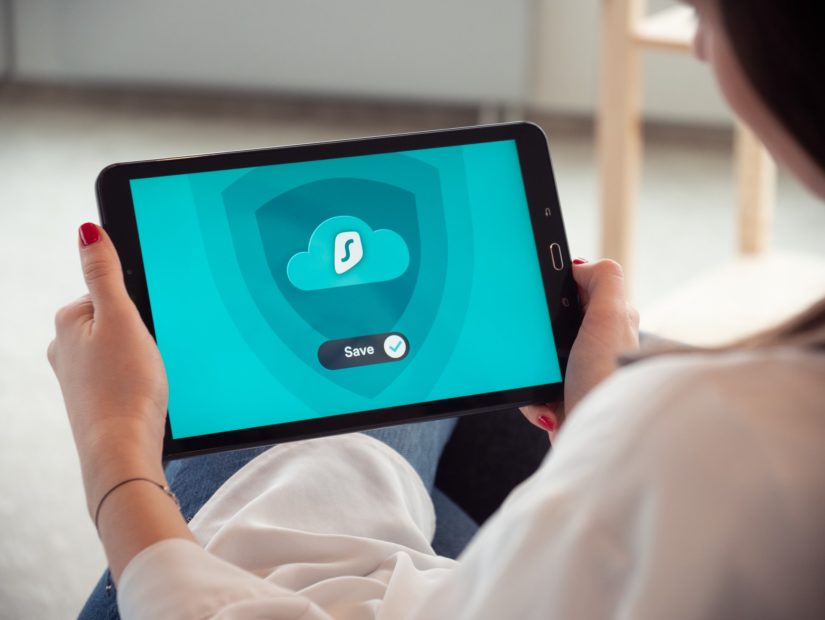Language development requires interaction with different people, and the best tools are games and toys with little technology and a lot of interactivity. The best toys do not have batteries. When playing the low-tech version of this toy, the child emits the “beep-beep” sound of the horn along with the “vrrrooom”! The sound of the car engine. Instead of being a passive observer of the sound and light of the high-tech toy, your child should participate in the version without batteries and become an active participant. You should read the Traditional Toys Versus Electronic Toys article to learn more what toys you should buy.
Blocks

The possibilities to talk and talk are endless if you have an excellent selection of blocks. Along with a song, you can use tapping blocks to study the rhythm. An extremely simple game we call “Take it out, Build it up” is a wonderful way to increase your understanding of prepositions and develop your ability to speak. Fill a small box with dice. Alternatively, take the die out of the box to build a tower. Put each removed block “and” the previous block. Notice how big you can build the tower until you want to put the dice back in the box.
Mr. Potato Head
Mr. Potato Head’s toy is perhaps one of the best toys that every child needs to promote language development. In addition to the obvious names of body parts, the toy can analyze prepositions, action words, color names, and much more. To encourage collaborative play, fill in a box with Mr. Give the box of components to one child, and give the potato head to another child. The child holding the head should ask the child with the component box for the things he would like to have. Many games could be explored in this toy.
Playdough

Clay has many advantages for preschoolers. Use different tools to create a variety of shapes and count the activities since they were made. Playdough is very easy to make and could be given unique flavors (one of our favorites was pumpkin playdough in the fall) to enhance the child’s sensory experience and match a seasonal theme.
Dollhouse

In addition to encouraging pretend play, a dollhouse helps a child share his playmate’s attention. Since some of these sets contain miniature objects from real life, there are several ways to develop a child’s vocabulary. Dollhouses have different shapes, so it is not necessary to limit yourself to a particular design.




